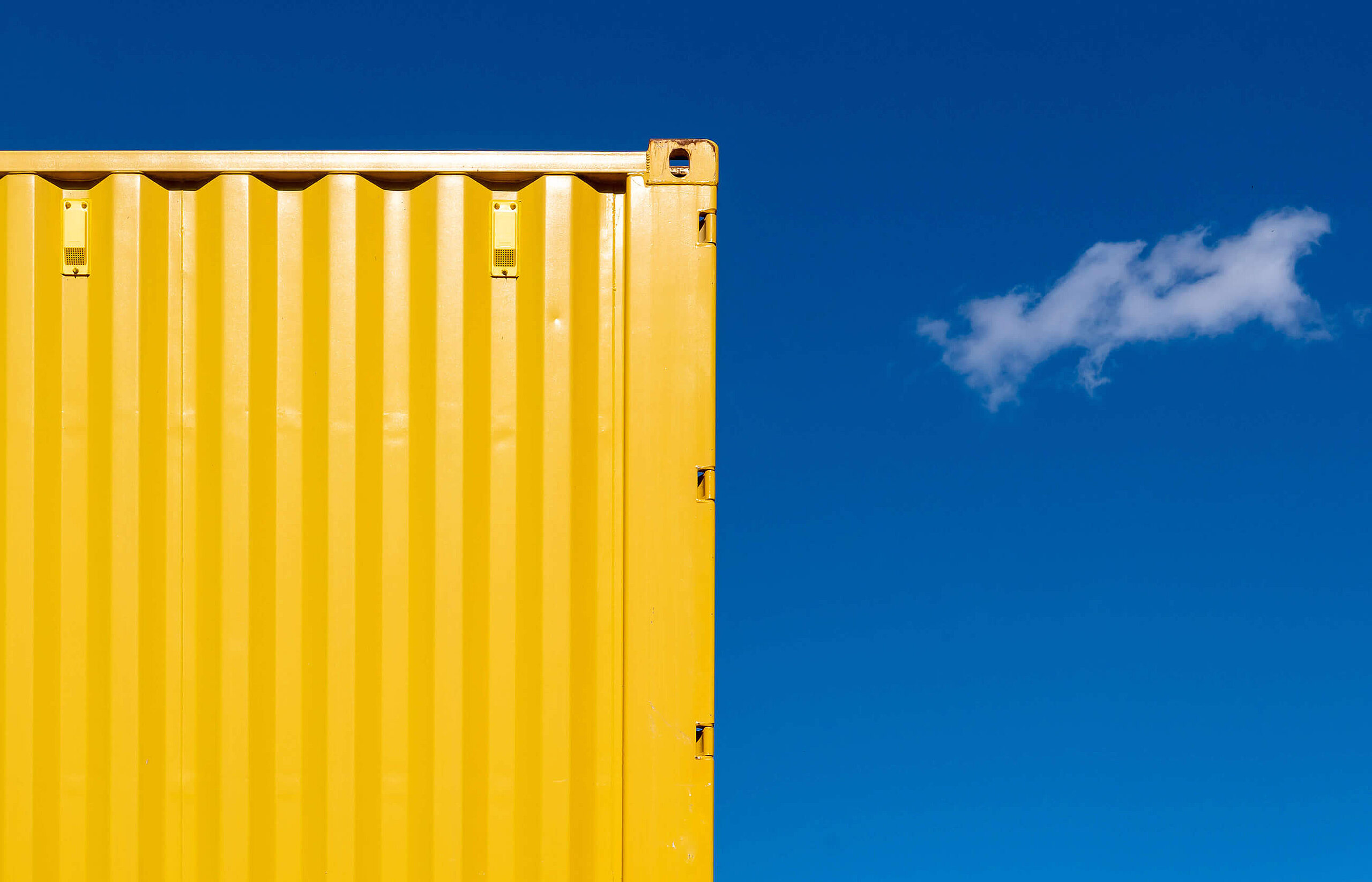

Bifacial modules
Optimally Utilizing Double-Sided Solar Panels
Bifacial solar modules generate electricity not only from direct sunlight but also from indirect light that reaches the rear side of the solar cells. Under the right conditions, such modules can achieve higher efficiency than standard ones, thus boosting energy yields. This article explains how bifacial modules work, when their use is beneficial, and what additional yields project planners can expect.
Table of Content
How do bifacial solar modules work?
Bifacial modules function similarly to standard modules. However, they can absorb solar energy from both sides, made possible by two key features:
- A glass sheet on the back of the module
- An aluminum grid instead of a full-surface aluminum backsheet.
Factors influencing the additional yield
Key factors such as the albedo value (a measure of reflectivity) and the installation method significantly affect the additional yield generated by the rear side of the solar cell.
Albedo: What surface is particularly suitable for bifacial modules?
The albedo indicates the proportion of incoming radiation that is reflected: the higher the reflectivity, the greater the reflected radiation and, consequently, the module's efficiency. The albedo is typically expressed as a value between 0 and 1 or as a percentage between 0 and 100. It is important to differentiate between Bond albedo for spherical surfaces and geometric albedo for flat surfaces; both are relevant for solar modules.
| Oberfläche | Albedo |
|---|---|
| Fresh snow | 0.65 to 0.85 |
| Old snow | 0.4 to 0.65 |
| Sand | 0.2 to 0.3 |
| Agricultural land | 0.2 to 0.25 |
| Grassland | 0.1 to 0.2 |
| Forested areas | 0.05 to 0.1 |
| Water | 0.05 |
Is a high or low albedo value better?
The albedo measures the proportion of light reflected. A high albedo value of 1.0 or 100% means full light reflection—an ideal situation for PV system operators that, however, is not realistically attainable.
Bifaciality
Another important factor is bifaciality, which indicates the extent to which the rear side of the solar cell can generate power compared to the front side. Bifacial modules typically have a bifaciality range of 70% to 95%. A bifaciality of 95% means that under the same conditions, the rear side can produce 95% of the front side's output.
Installation: Which tilt angle is suitable?
The module's distance from the ground and its tilt angle greatly impact the additional yield generated by the rear side. Generally, the rear side contributes most in the early morning and late afternoon when the sun is lower, and incident light on the rear side is higher. Installing bifacial modules vertically has the added advantage of generating higher solar yields due to irradiation on both sides, where albedo plays a minor role. Ultimately, the effectiveness depends on the installation conditions and how much radiation can be captured by the module's rear side.
Shading
Shading is more significant for bifacial modules than for traditional PV modules. Higher yields due to bifaciality can also mean greater losses from shading. However, bifacial modules can better compensate for shading by continuing to produce electricity from diffused and reflected light when the front side is shaded.
Shading loss mitigation can be achieved through:
- Inverters with shading management features
- Module optimizers
- Modules with bypass diodes
- Single-axis tracking systems
The additional energy yield of bifacial modules
With optimal conditions and the appropriate distance from the ground, an additional yield of up to 30% compared to conventional monofacial PV modules is achievable.
Large-scale projects: Measuring or enhancing albedo
For large-scale projects involving bifacial modules, it's crucial to ensure that the additional investment pays off. While the distance from the ground and module tilt can be calculated, and manufacturers provide bifaciality ratings, exact albedo values are not easily determined. A challenge: "a slightly erroneous albedo value can easily cause a 0.5% impact in a yield assessment that could affect project valuations by significant amounts of money", says Stefan Mau in an article for pv magazine. He is an electrical engineer specializing in commercial projects at Everoze, a consultancy firm.
Three methods can be used to calculate albedo: data from a local weather station, which costs between €40,000 and €60,000 per year, or satellite data, which is often imprecise: "Satellite data resolution is, at best, around one square kilometer," Mau notes—insufficient for project calculations.
However, satellite data can be calibrated using on-site measurements, which yield more accurate results within days. Everoze compared such measurements to weather station data, finding that longer measurement periods improved accuracy. Mau ultimately recommends collecting data for an entire year.
Another approach is to create the desired albedo using so-called albedo enhancers, such as fabrics that cover the ground. This method can increase albedo up to 75%, as reported by the International Energy Agency Photovoltaic Power Systems Programme (IEA PVPS) in their report on optimizing bifacial PV systems.
Are bifacial modules worthwhile?
Bifacial modules are only beneficial if the rear side is sufficiently exposed to direct or reflected sunlight. For private projects, the goal may be to maximize yield from a limited space. For large-scale projects, the additional module cost must be weighed against expected yield gains.
Bifacial modules can be advantageous in the following cases:
- Elevated installations on flat roofs, with favorable albedo and/or for harnessing low-angle sunlight
- Vertically mounted modules, e.g., in open-field installations or noise barriers
- Balcony power plants or terrace railings with adequate sunlight reflection
- Glass-covered terrace roofs
Bifacial modules in the Krannich Webshop: We offer various bifacial solar modules from different manufacturers and watt classes in our webshop. Check out our bifacial solar modules here.